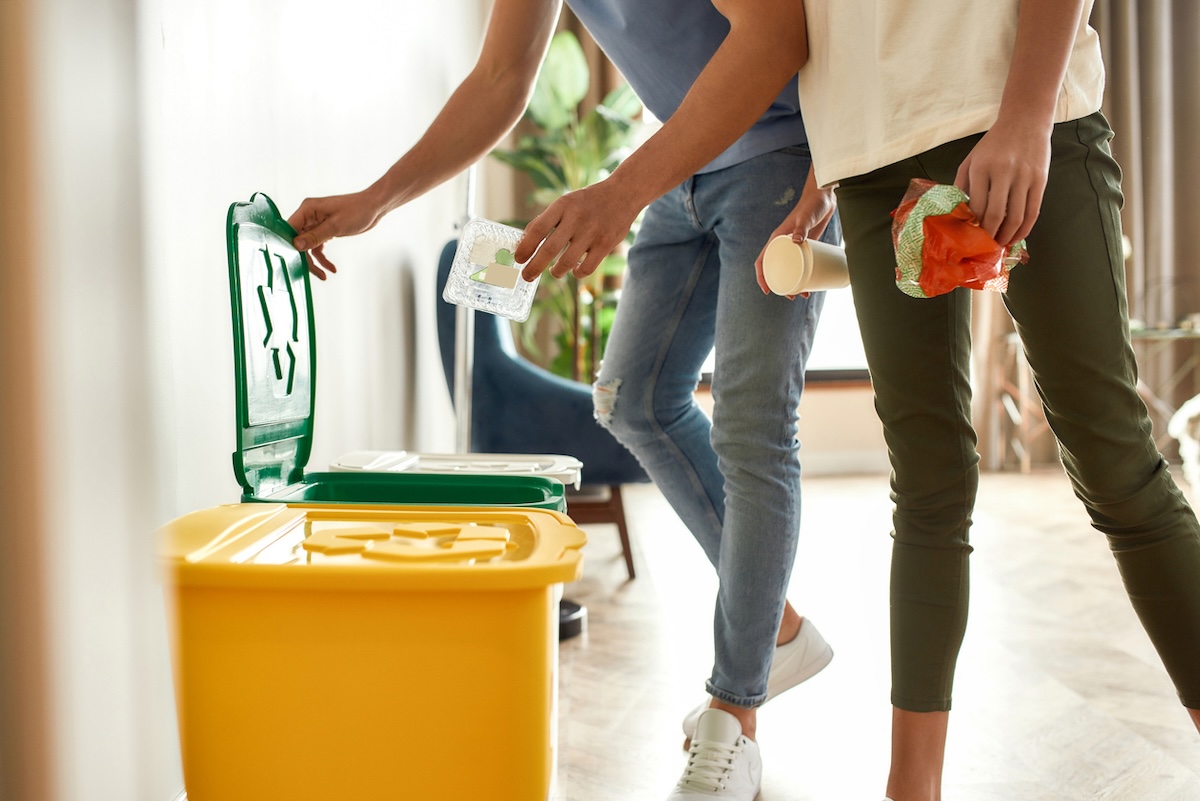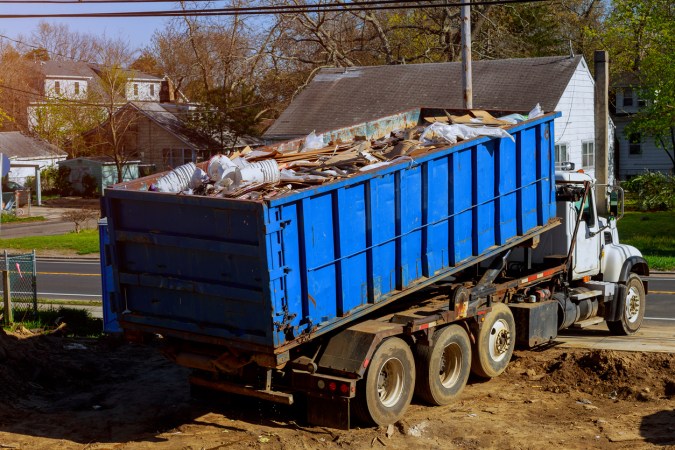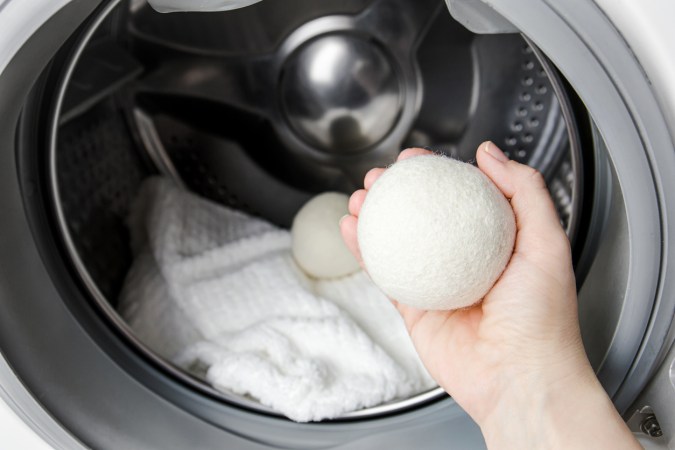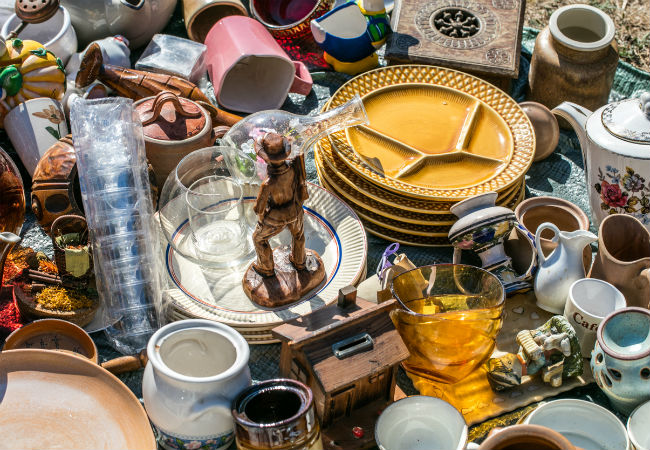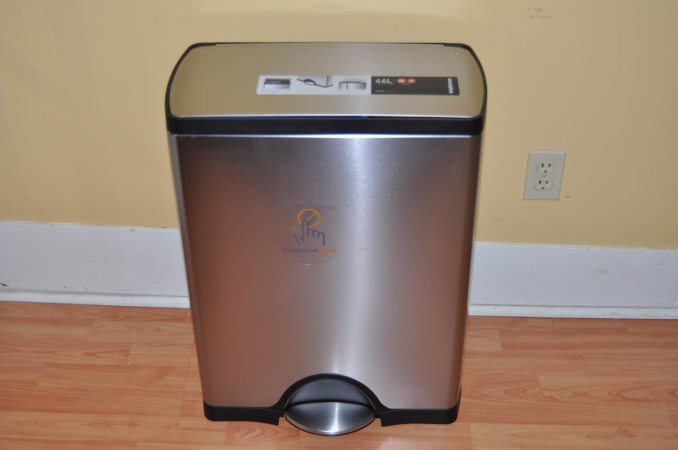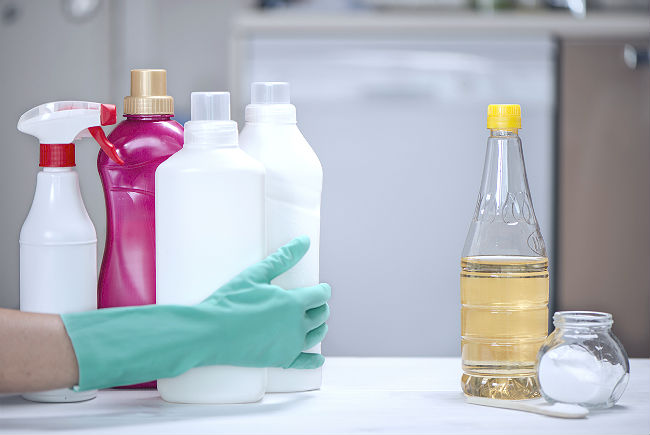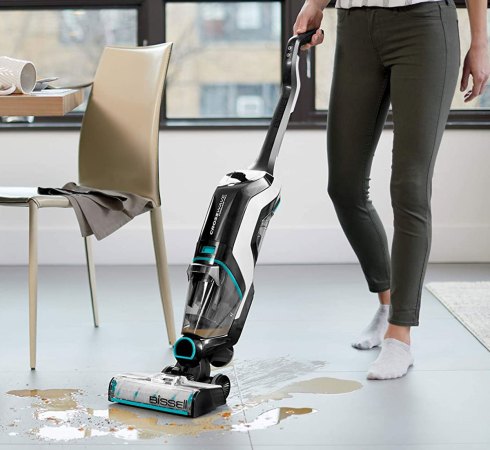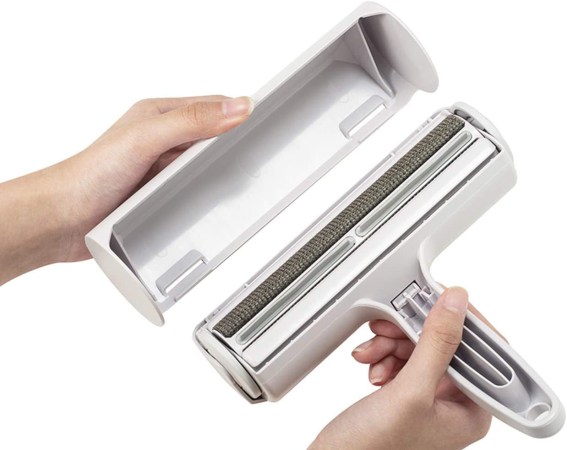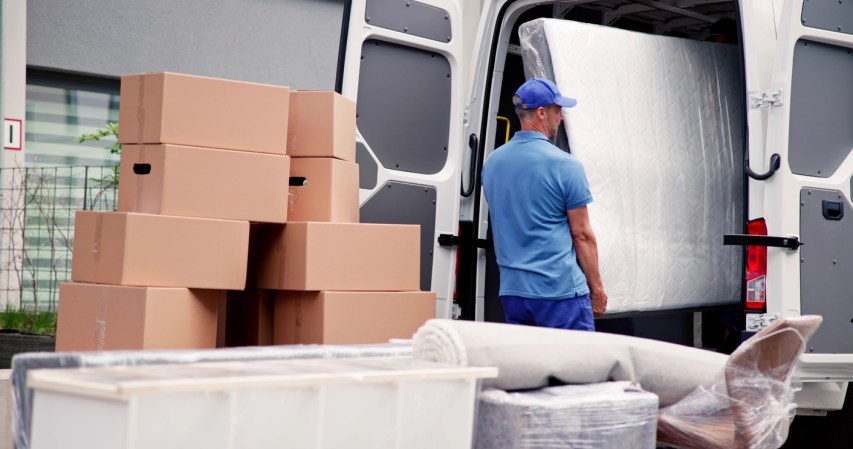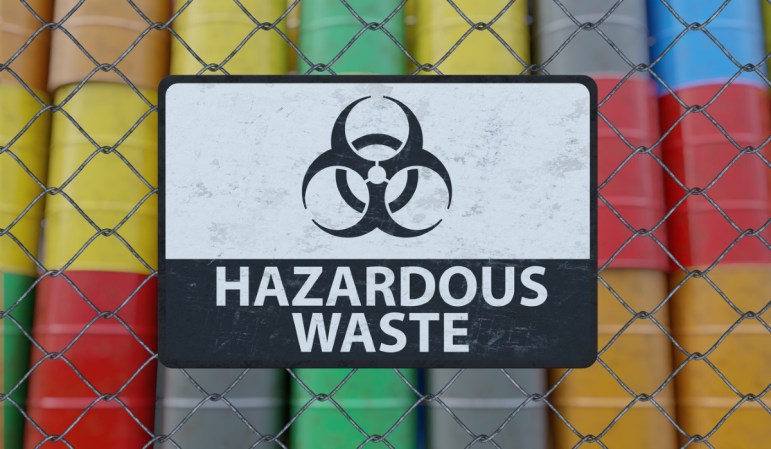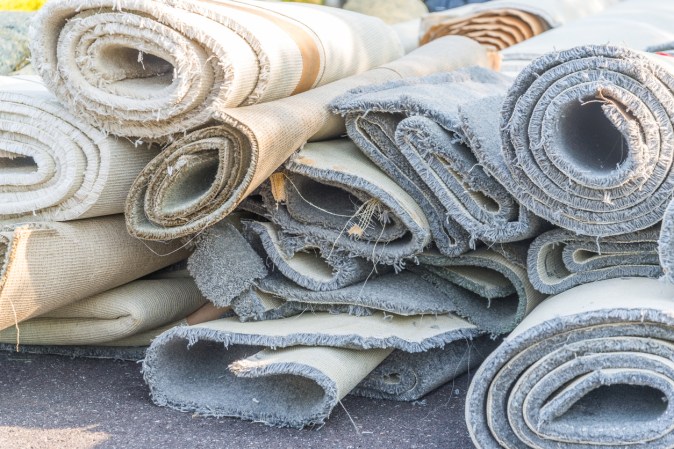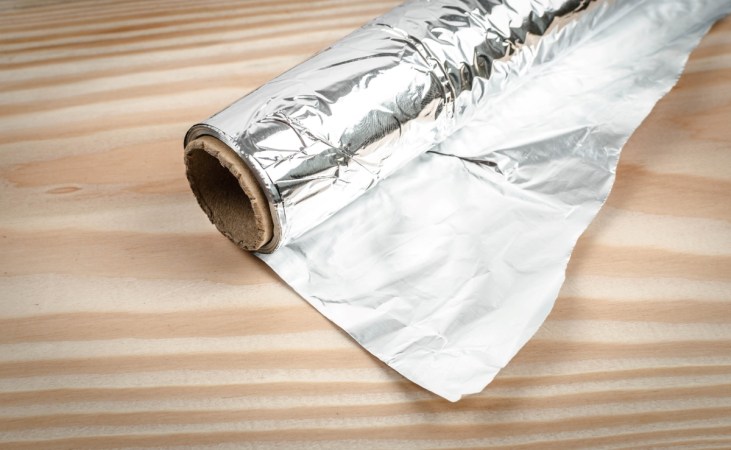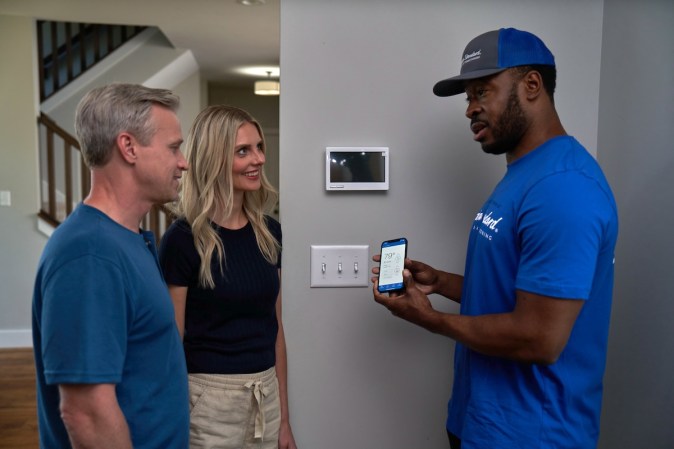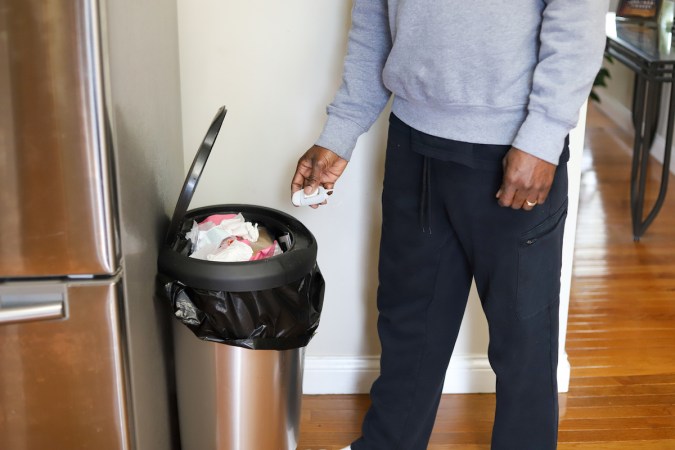We may earn revenue from the products available on this page and participate in affiliate programs. Learn More ›
In January I kicked off my New Year’s resolution to recycle at home. For full disclosure, I’ve paid for and participated in a basic curbside recycling program offered by my city for a long time; but it wasn’t until this year that I really started recycling. By that I mean I finally put more time and energy into (a) understanding the limitations of my community’s recycling programs and (b) finding other options to keep my household’s waste out of landfills.
What I learned is that there’s no one-size-fits-all approach, and it takes a certain level of commitment for American homeowners to do more when it comes to recycling. Also, there are plenty of misconceptions out there because technology and processes have evolved over the years.
In the United States, municipal solid waste (aka trash) generation has increased from about 88 million tons in 1960 to about 292 million tons in 2018, according to the most recent data collected by the EPA. On the bright side, recycling rates also have increased from about 6 percent to 32 percent in the same period. While we may be moving in the right direction, it’s clear that there’s more to be done to close the gap and reduce the amount of waste households like mine contribute to landfills.
Reevaluating my home recycling habits not only uncovered several mistakes that I didn’t realize I was making, it also introduced me to several new opportunities that I didn’t know existed. These are my takeaways:
Curbside Recycling Programs
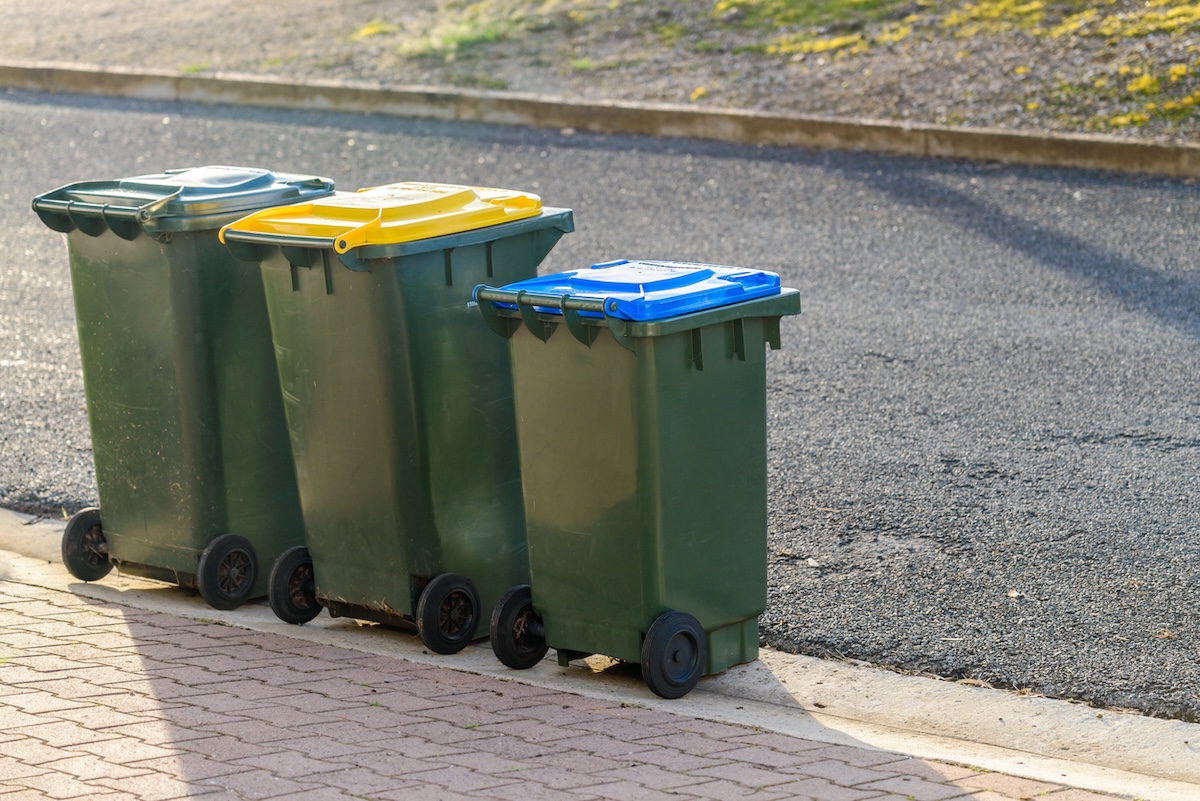
One of the most confusing things about home recycling is what can and can’t go in the bin. At a very basic level, most municipalities will accept bottles, cans, paper, and cardboard. Depending on the capabilities of your local facility, however, there can be a surprising number of caveats to that short list.
In my community, factors such as item size, shape, and weight, along with resin identification codes for plastics and whether or not there’s a market to recycle them, all play into the rules. Choosing to ignore them could lead to “wishcycling,” or placing items in the bin that can’t be recycled and end up in a landfill after all. Or worse, it could endanger the sanitation workers, damage the sorting machinery, and contaminate the recyclables.
It took a conscious effort on the part of my household to develop habits that align with our collection service’s guidelines. For example, we now know that only plastics with codes 1, 2, and 5 can go in the bin; other types must be separated and dealt with by methods other than my curbside program.
My next mission was to seek out alternatives for keeping the so-called nonrecyclables out of landfills as well. I was amazed to learn that my local Target recycles plastic bags—an item that isn’t supposed to go in my bin. While it’s less convenient than my collection service, dropping off this waste for recycling while running other errands is just one simple way for my household to do more. And with a little research, I’ve discovered a few more drop-off locations in my neighborhood for recycling other problem plastics like Styrofoam and Bubble Wrap.
RELATED: 20 Surprising Things You Can’t Recycle
Composting Organic Waste
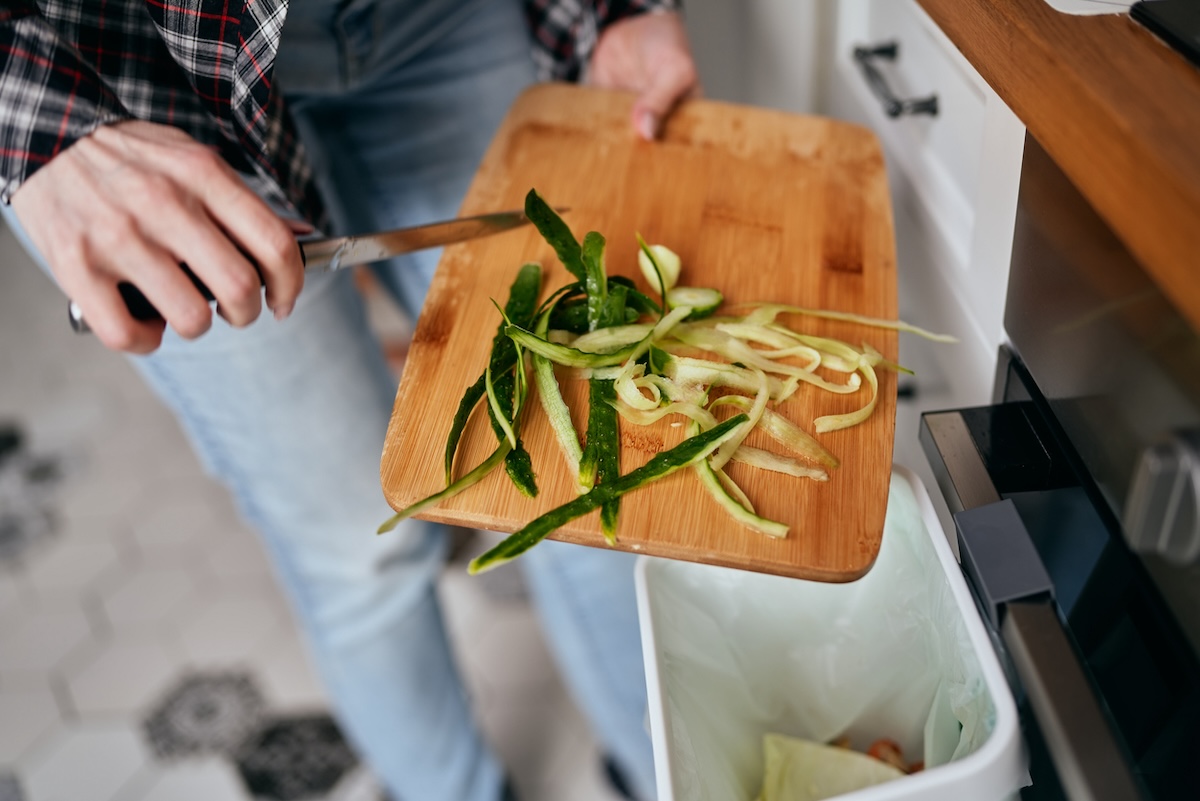
Building a backyard compost pile has been on my to-do list for years. Not only can composting divert more than 51 percent of all municipal solid waste from landfills, it also produces a highly beneficial soil amendment in the process.
Though my DIY project has yet to materialize, my city recently introduced the next best thing: an organics recycling program. For an additional fee that’s built into my bill, my household now has the opportunity to put organic waste such as food, used coffee filters, pizza boxes, and cotton balls into a separate bin.
It’s different from the seasonal yard waste service that my household also subscribes to, but the end result is essentially the same. The organic material is hauled to a commercial composting facility where it breaks down naturally over time. The nutrient-rich byproduct is then used for local landscaping and road construction projects, and it’s also offered to residents who participate in the program.
In theory, organics recycling is a cinch—especially when the materials are collected curbside and someone else has to maintain the compost pile. In reality, it was a challenge for my family to develop a routine for redirecting organic waste from the trash can to a new bin. But, now that we have it down, it’s both shocking and rewarding to see the amount of biodegradable items we recycle each week.
RELATED: 13 Household Items You Can Get Paid to Recycle
Dealing With Bulky Items
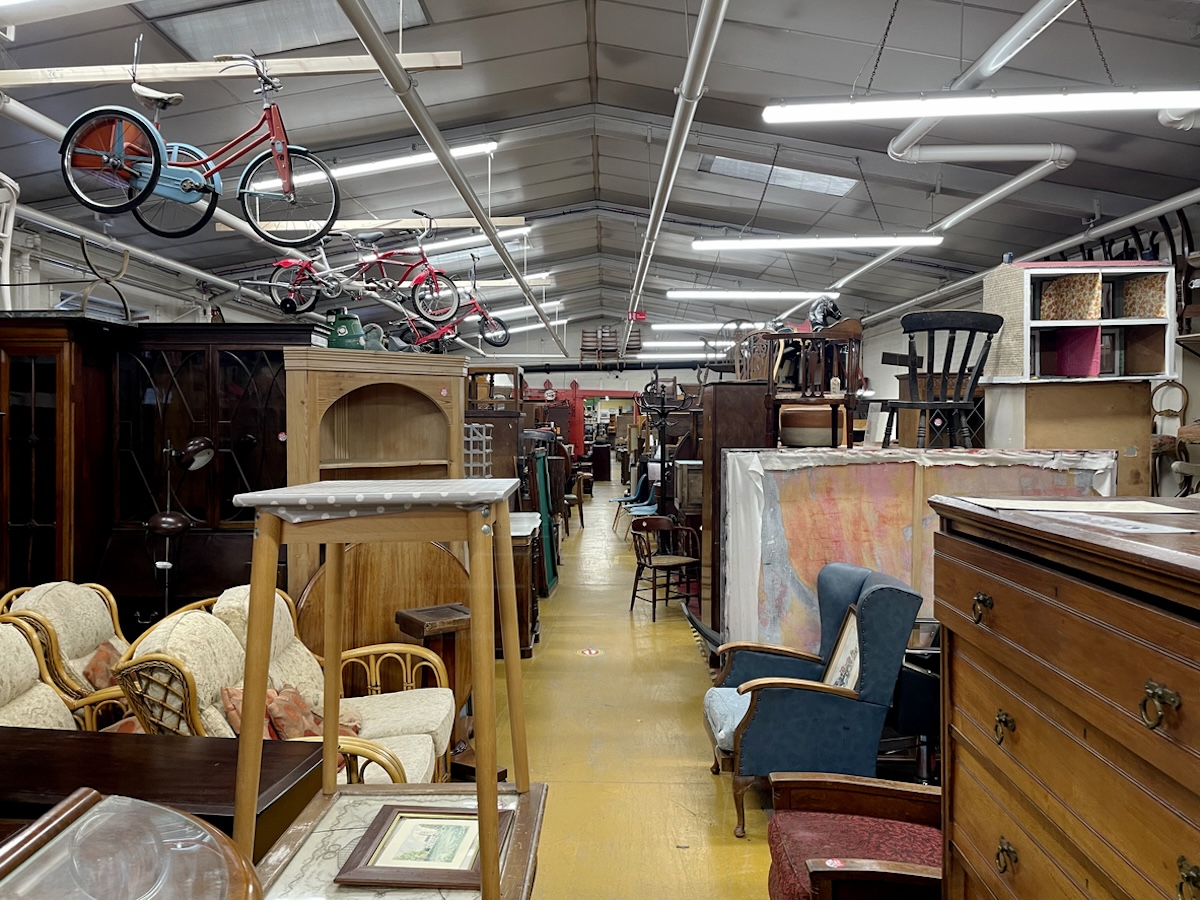
Like many DIYers, redecorating brings me joy. Consequently, it can also bring me bulky waste that can be tricky to dispose of responsibly. My household used to participate in an annual citywide event where residents can put bulky items at the curb to be discarded in a landfill. That practice no longer jibes with my goals, so in 2023 I set out to find ways to recycle bulky waste like old furniture instead.
A three-tiered approach helps me feel much better about my home improvement hobby. First, I scrutinize carefully whether I actually need to get rid of particular items. Repurposing and upcycling are fun ways to turn my own trash into treasure, so to speak. Second, I search for opportunities to sell, swap, or donate—all of which keep the bulky items out of landfills longer. Third, I seek out specialized recycling services for unusable stuff like old mattresses or stained textiles.
In the spring, I tested out yet another new program offered by my city: an as-needed monthly pickup of reusable and recyclable bulky items. It’s readily available (and more environmentally friendly) compared to the annual event mentioned previously. The items collected are donated to a local charity for resale.
To get rid of an old mountain bike, a broken rowing machine, and a couple of outdoor bar stools, I first called to schedule a pickup. After answering a few questions about the condition of my items, the hauler agreed to take the bike and chairs but not the exercise machine. Here again, I found a convenient solution for recycling some of my household’s bulky waste, but not everything.
RELATED: 12 Fresh Ways to Redecorate Responsibly
Disposing of Hazardous Materials
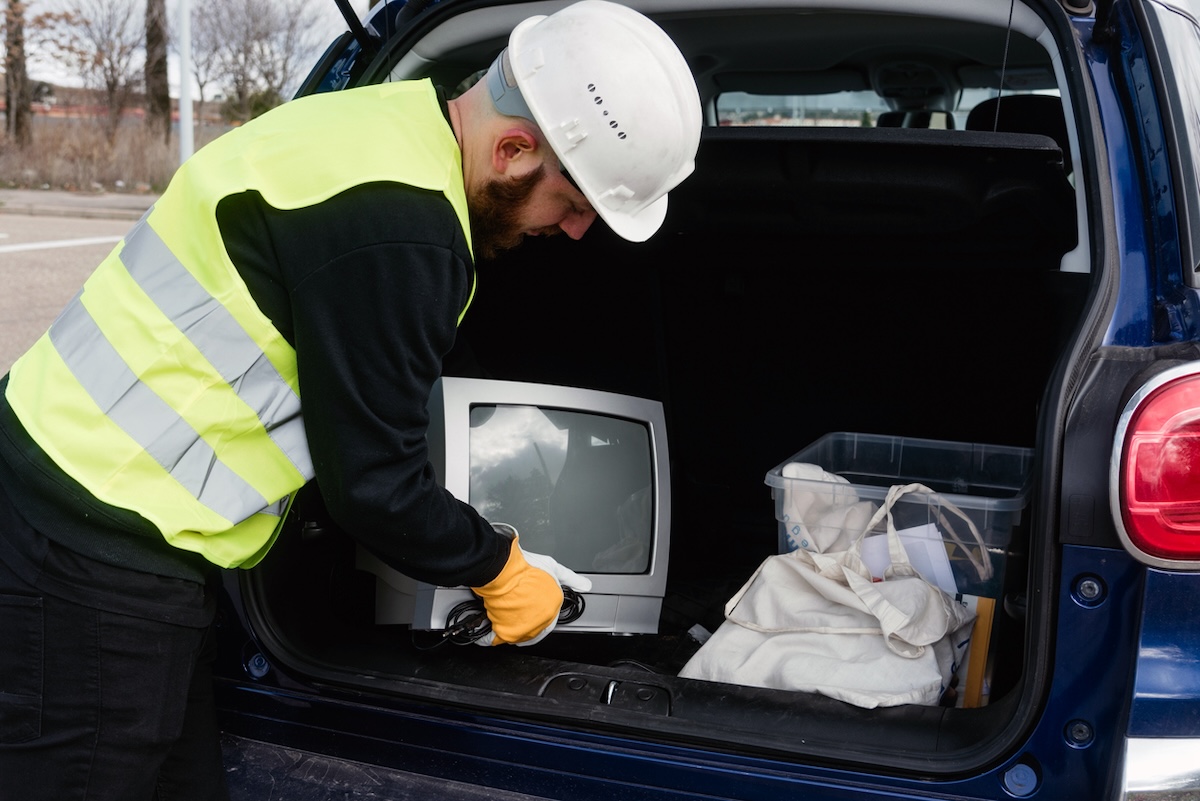
Toxic or corrosive chemicals, pressurized containers, and electronics are some of the most common household items that must be kept out of landfills. In fact, it’s illegal in many states to knowingly dispose of or abandon hazardous waste anywhere except facilities authorized by the Pollution Control Agency or the EPA.
In the county where I live, two facilities accept household hazardous waste from residents. I learned that both attempt to recycle much of what’s dropped off, and the rest is sent off to specialized incinerators rather than landfills for disposal.
Although the convenience and peace of mind provided by these resources is great, my household can do more by: choosing nontoxic alternatives in the first place, only buying enough for the project at hand, donating leftover materials to friends or neighbors, and safely storing hazardous products for future use.
My local facilities also accept scrap metal (a solution for the broken rowing machine) and, for a fee, e-waste like TVs, laptops, and large appliances. If the electronics are still usable, my three-tiered approach to disposing bulky waste can be applied here as well. I’ve also discovered several local retailers like Staples and Best Buy that recycle e-waste for free.
RELATED: 9 Retailers You Never Knew Would Recycle Your Old Stuff
Reducing and Reusing
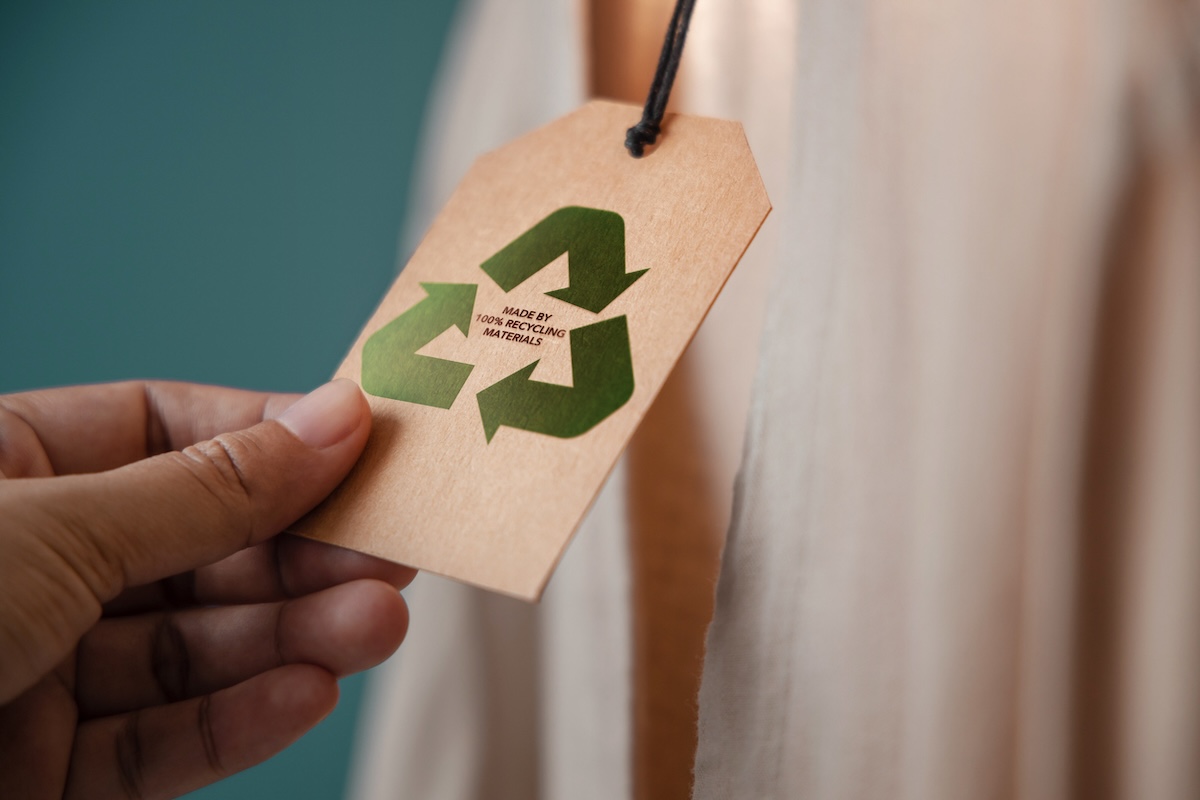
There are many nuances to home recycling, and it can be difficult to keep up with the ever-changing rules and processes that vary widely from one municipality to another. It took perseverance to correct my mistakes, research the capabilities of my local recycling facilities, and develop better habits. I’m proud of the positive changes my household has made, but our work isn’t done.
After realizing how challenging it is to recycle some materials, particularly those that can’t go in my curbside bin, I’ve resolved to stop buying them in 2024. In addition, I plan to find more ways to “close the loop” like shopping used and purchasing products made with the recycled materials my household has helped to keep out of landfills.

